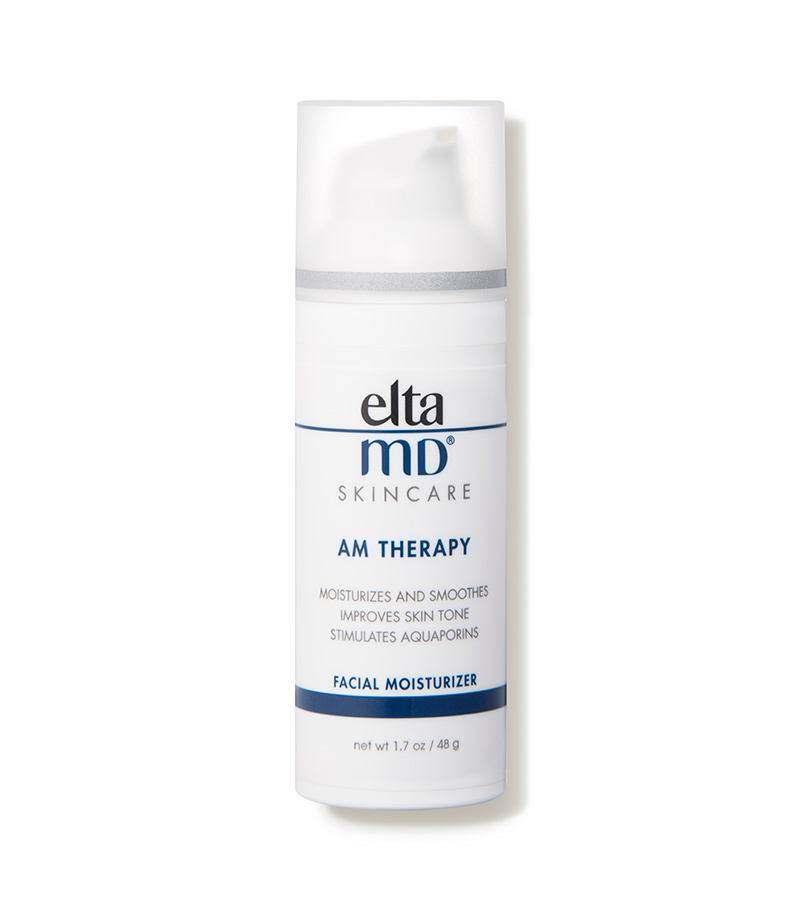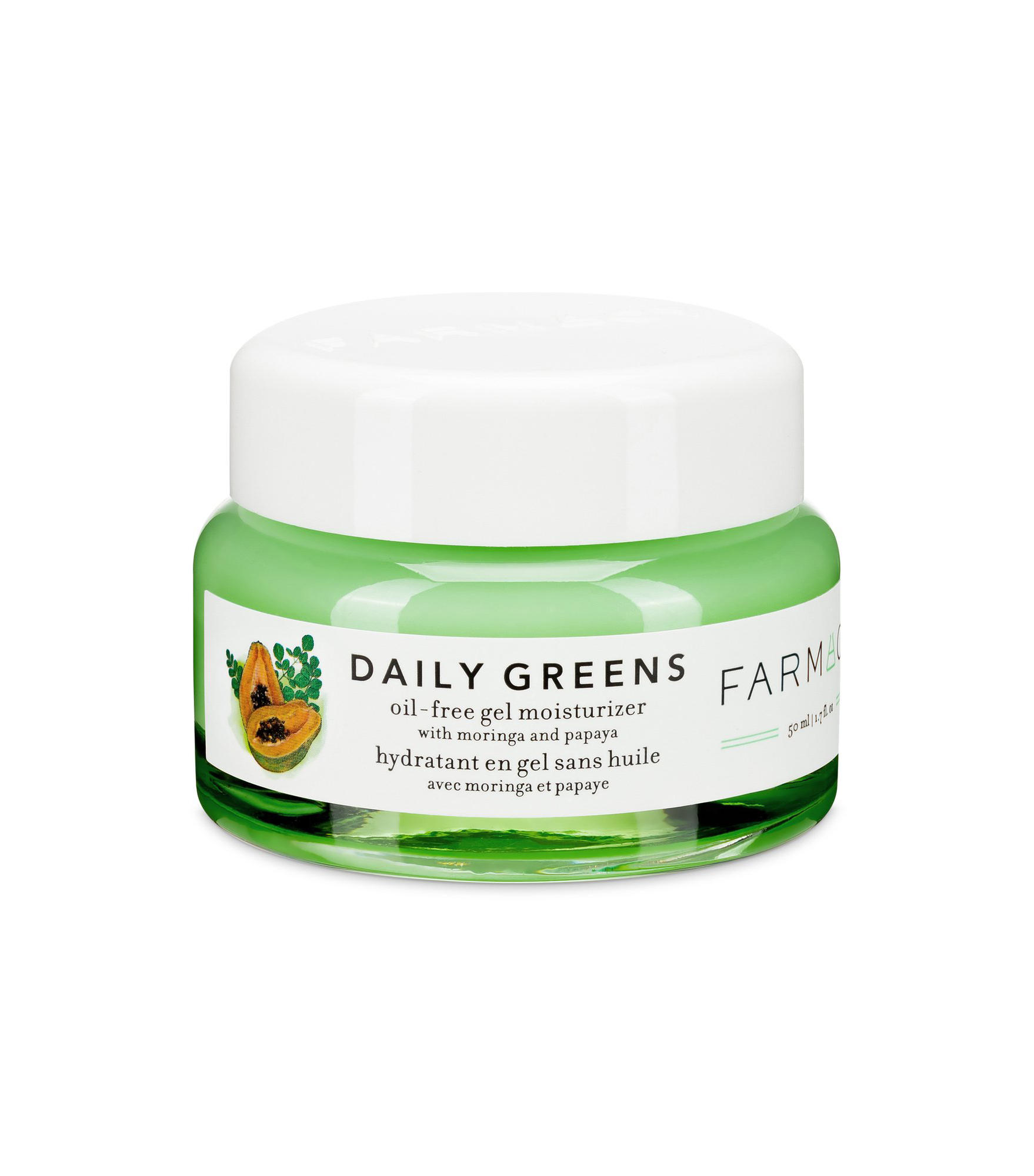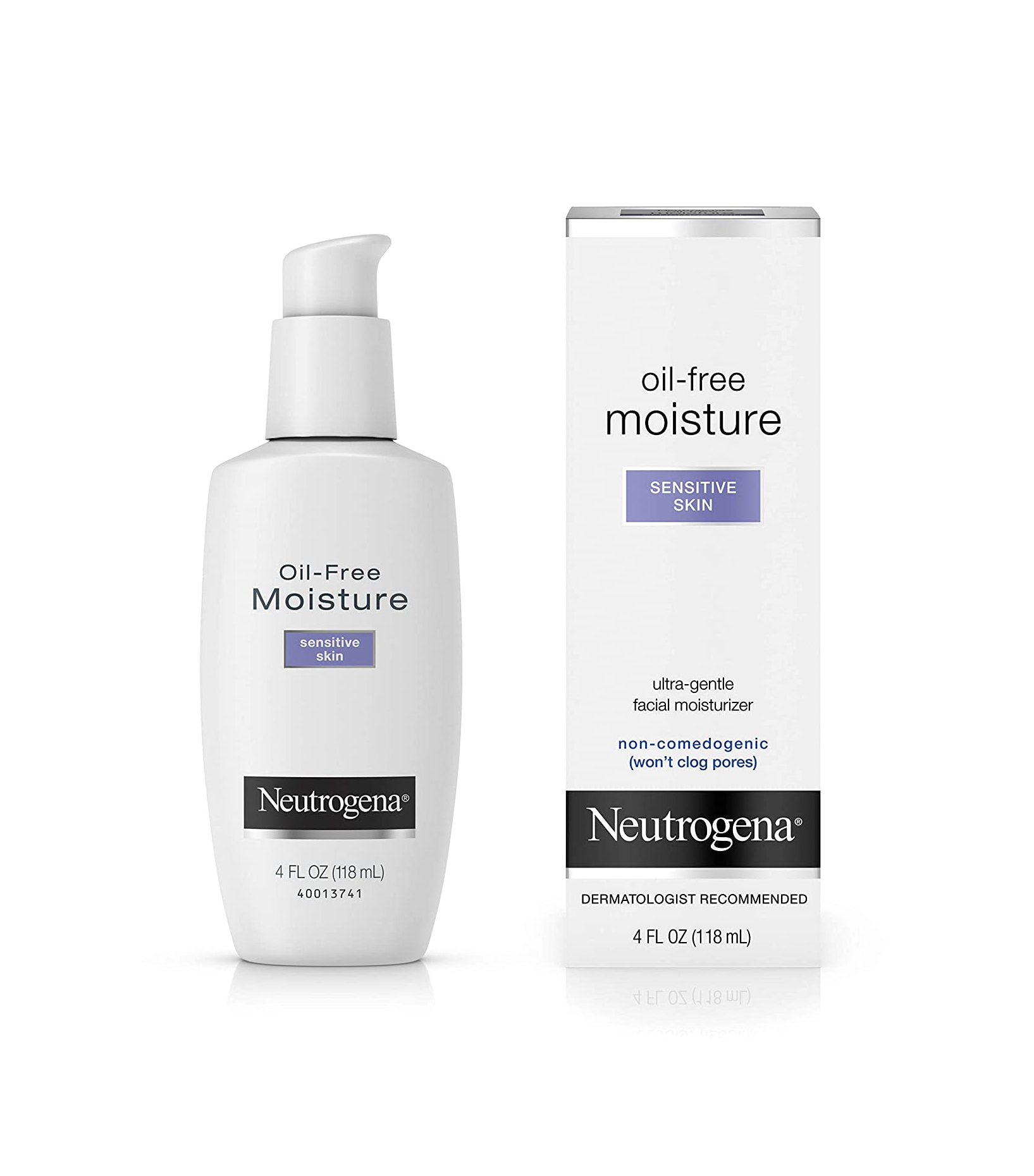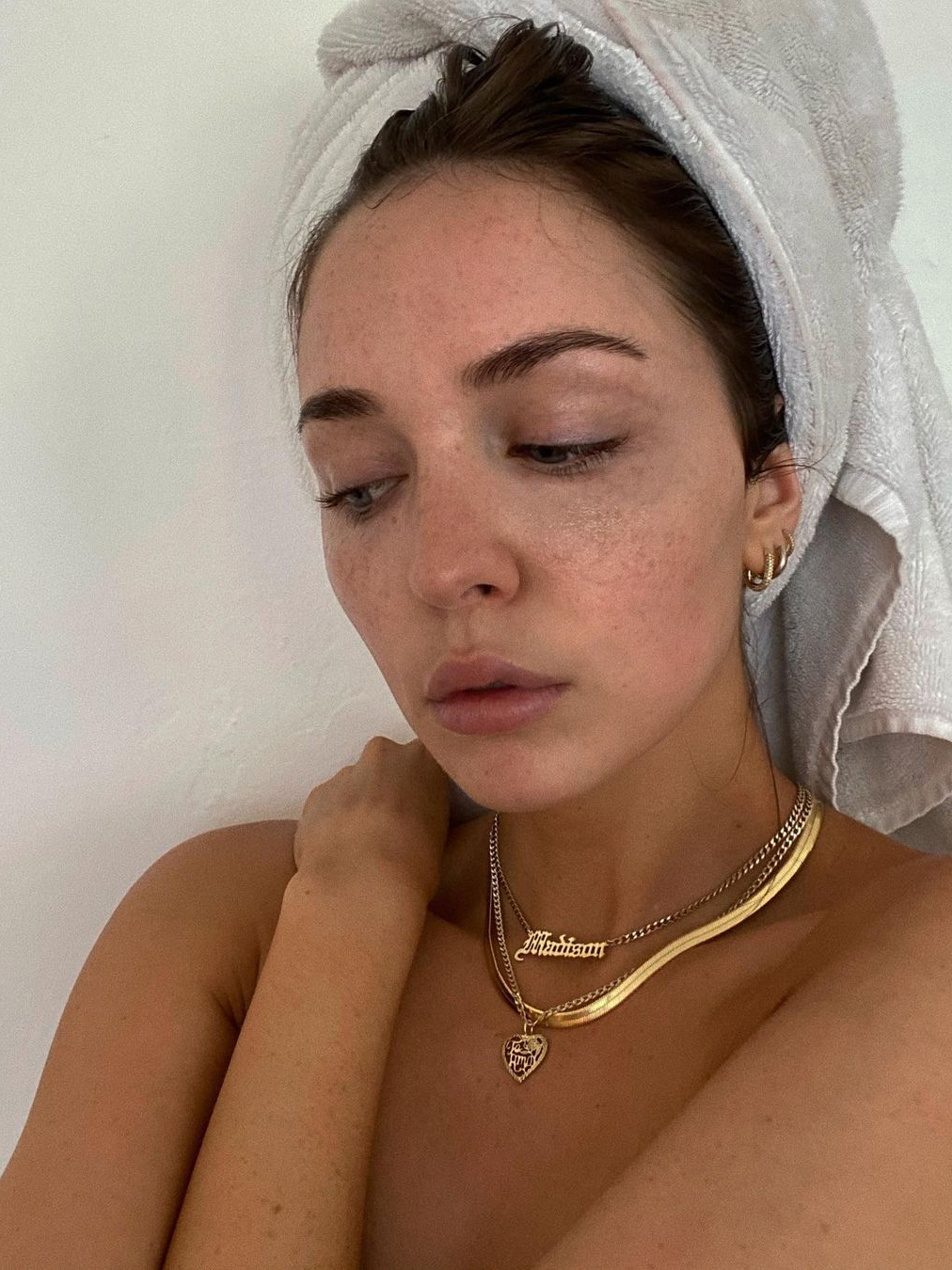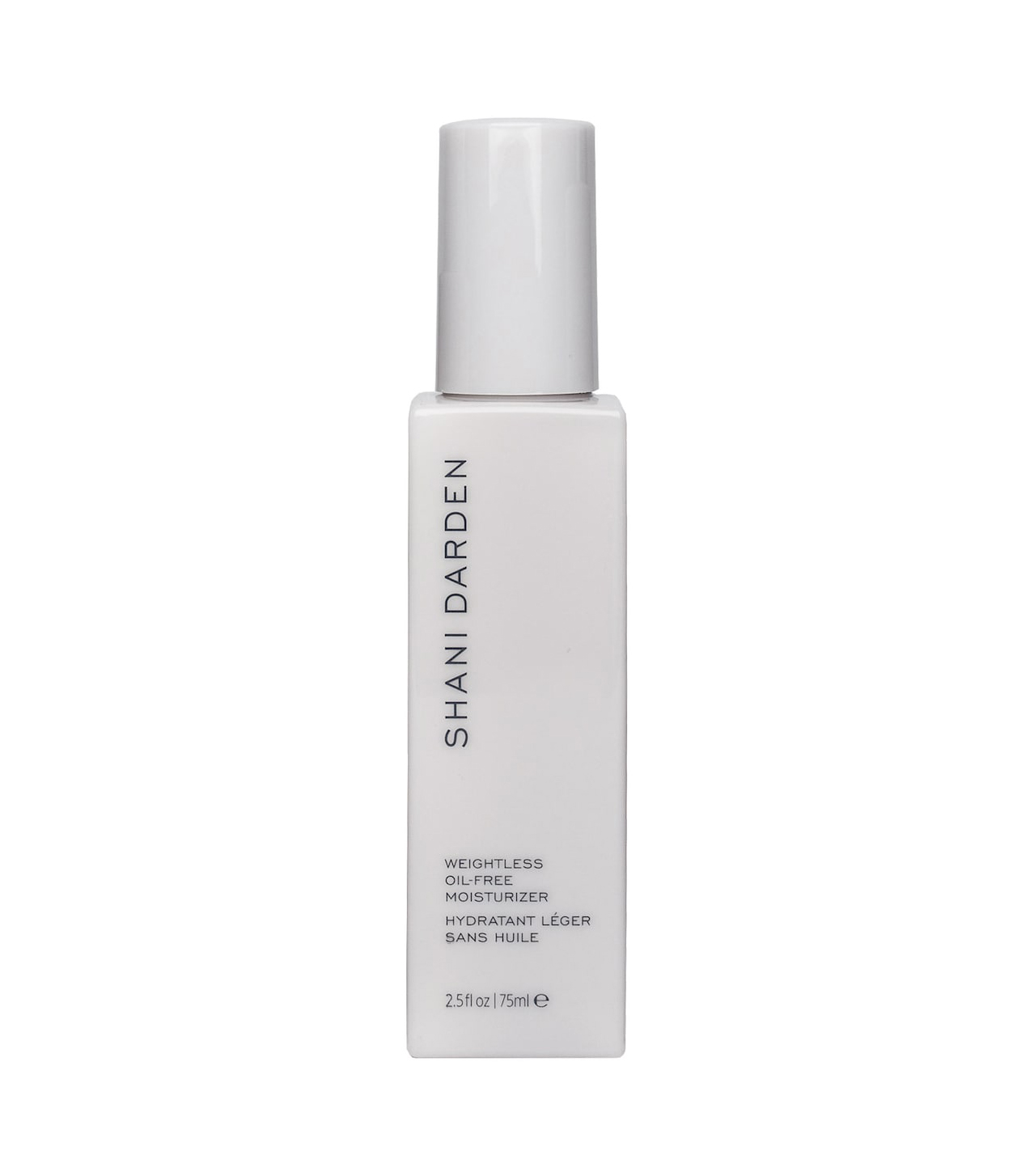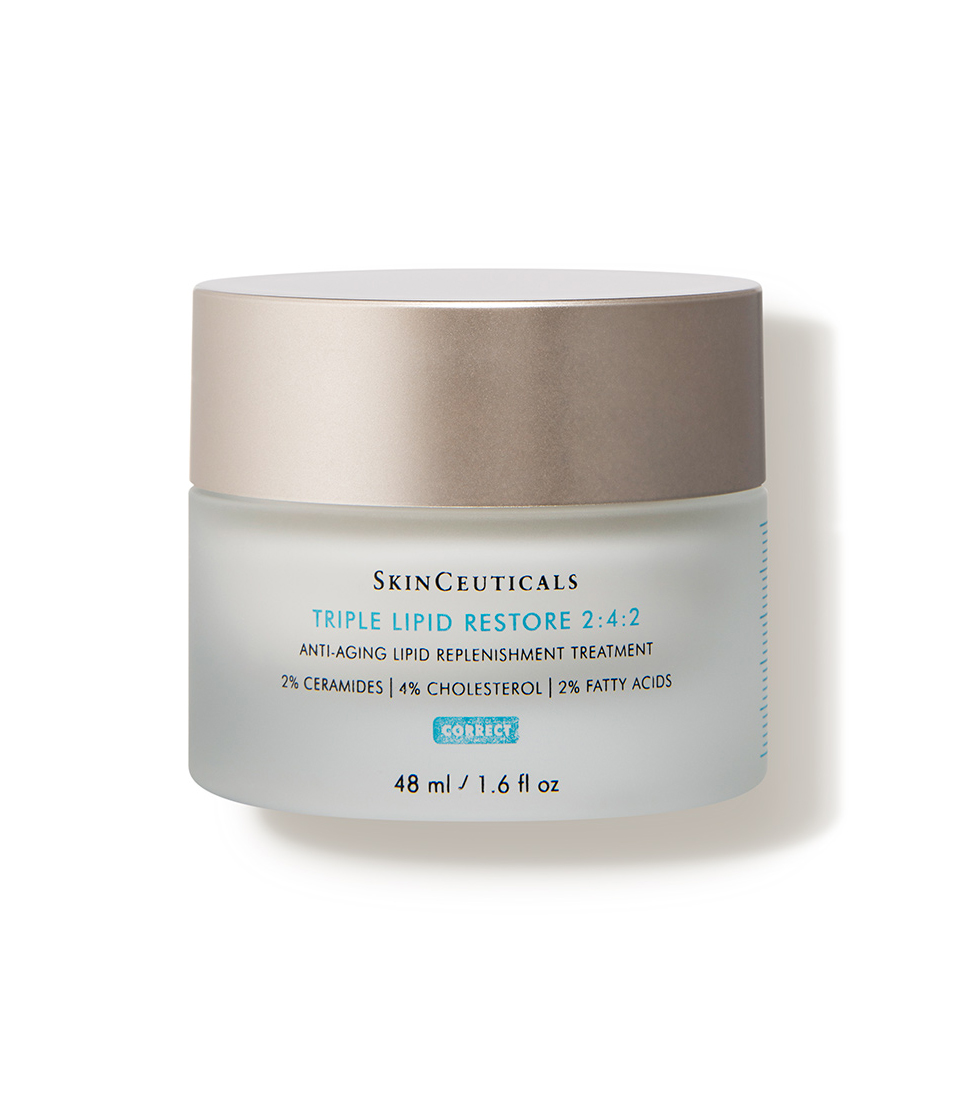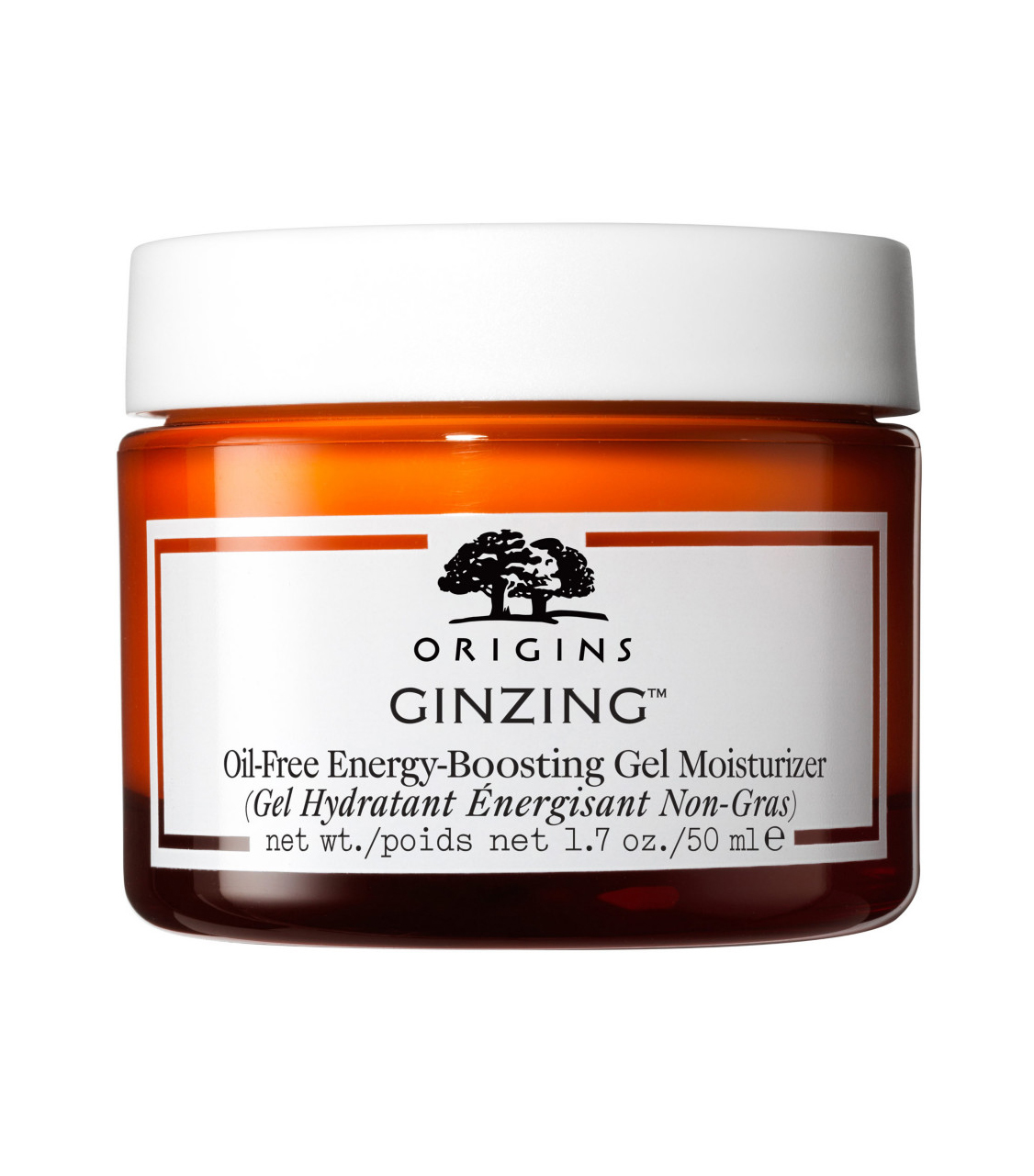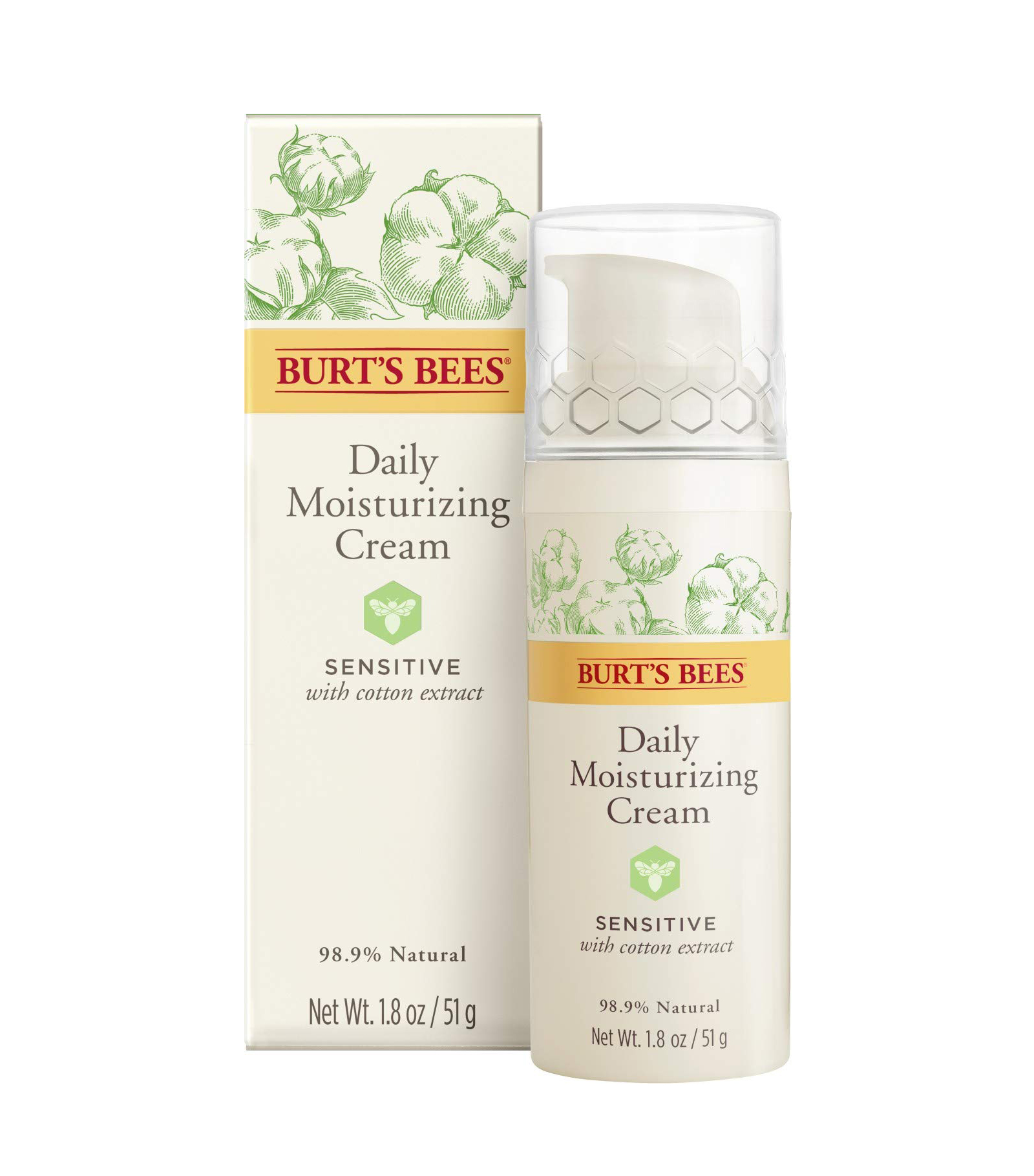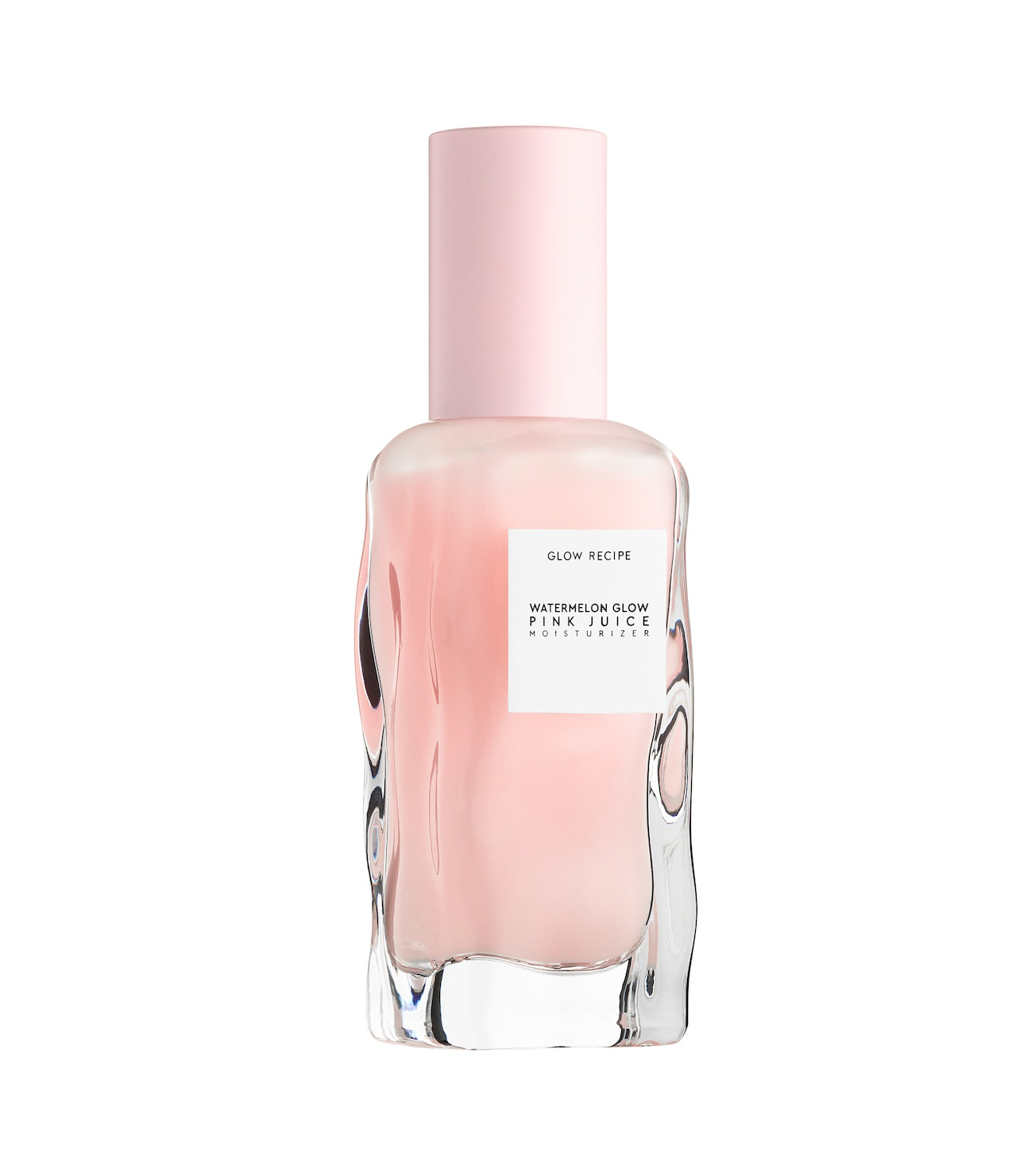For clear, breakout-free skin, you’ll probably do anything to avoid clogged pores, which can lead to blackheads, whiteheads, and acne. Exfoliating regularly and using products that increase cellular turnover, like retinol, can help. You’ll also want to avoid any products that could clog your pores even more. And yes, there are some “helpful” skincare products that can actually make the pore problem even worse. One of those products that could be tricky? A moisturizer.
That’s right. Some moisturizers, which are supposed to keep your skin smooth and hydrated, can clog your pores. So if you have issues with clogged pores and breakouts, you’ll want to choose your moisturizers wisely. That’s where one important term comes into play: noncomedogenic.
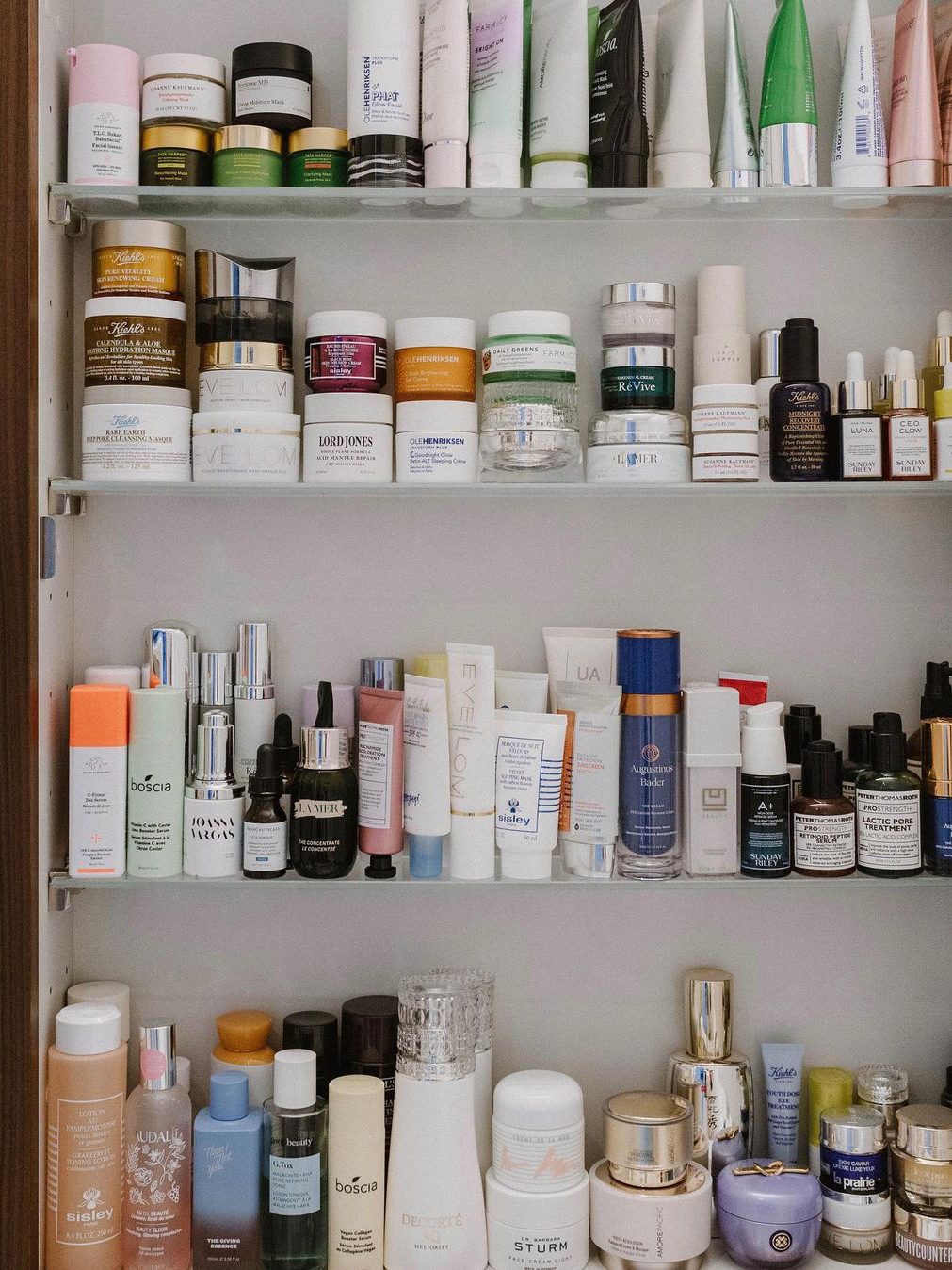
You’ve probably heard the term before and thought it sounded good for the most part but didn’t really know much about it. “Simply put, a noncomedogenic product has been tested to not clog pores,” explains board-certified dermatologist Ife Rodney, MD, FAAD, of Eternal Dermatology and Aesthetics. “That means it’s less likely to cause acne. Though, this is not guaranteed. Dirt, dead skin cells, or sebum can clog the pores, causing acne. Comedogenic products—usually heavy or greasy—can also clog your pores. It’s important to note that noncomedogenic products won’t necessarily treat your breakouts. They just won’t contribute to the problem.”
While noncomedogenic products are helpful for just about anyone, those with oily, sensitive, or acne-prone skin will benefit the most from them, as these skin types can easily become clogged, which can lead to breakouts.
So what makes a product comedogenic? “Ingredients that are ‘pore clogging’ or comedogenic are found in many skincare products and makeup,” says board-certified dermatologist Jeremy Brauer. “The list of pore-blocking ingredients is long and includes various oils, alcohols, acids, butters, propylene glycol, and lanolins. Noncomedogenic products often contain salicylic acid, benzoyl peroxide, or sulfur but can also contain other oils such as grapeseed.”
Other noncomedogenic ingredients include glycerin, hyaluronic acid, mineral oil, and ceramides.
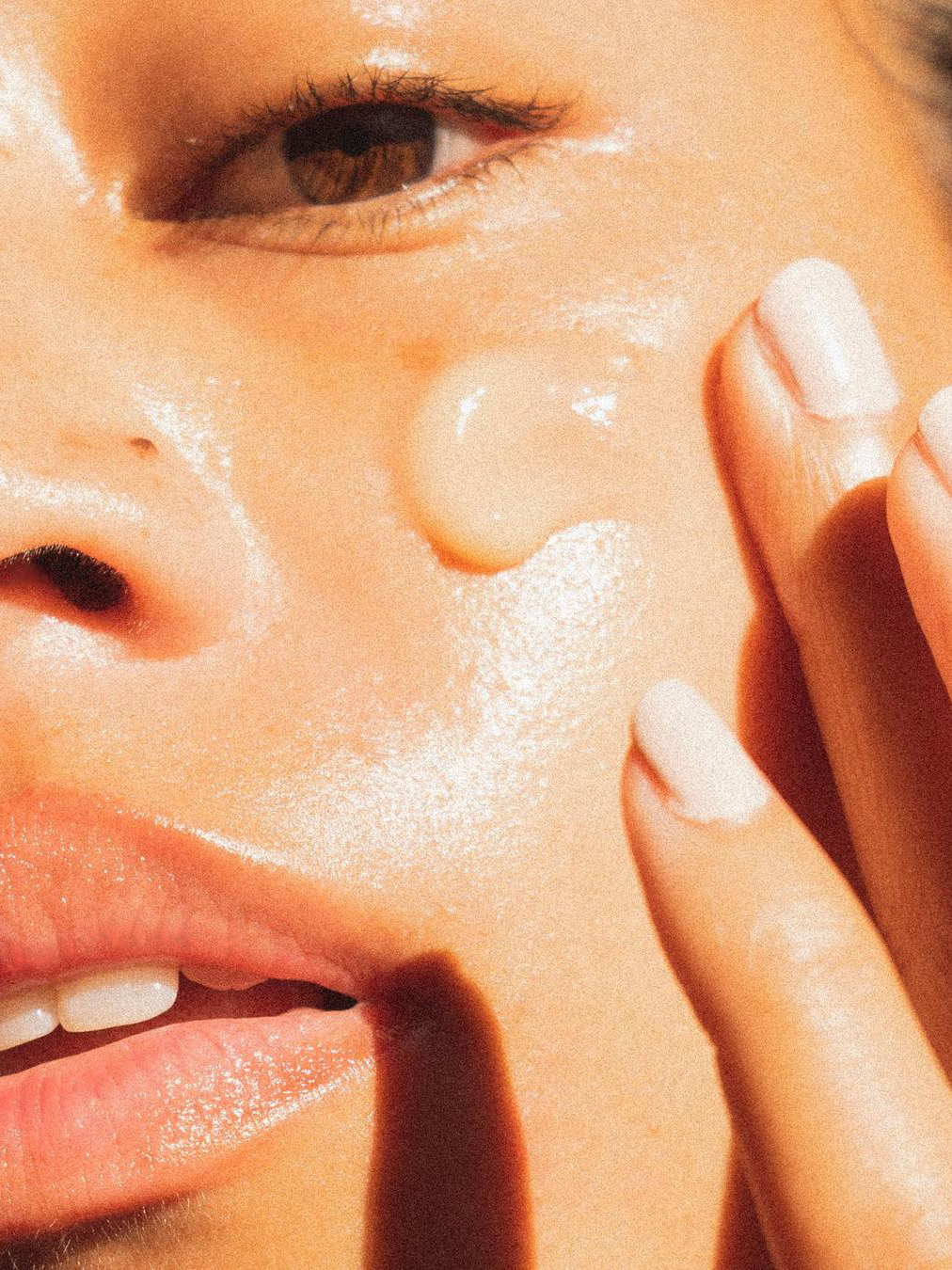
When choosing a moisturizer, most products will specify that it’s noncomedogenic, but you’ll want to look at the label, too. “Do your research first. Before anything else, you want to narrow your search down to moisturizers that work with your skin type,” Rodney says. “From there, check the label, which will state if the product is noncomedogenic. To be safe, aim for products that are oil-free and noncomedogenic. Next, check the ingredient list. Ingredient lists are usually listed in descending order in terms of concentration. If the product has some comedogenic qualities at the end of the list, it should be safe.” Most noncomedogenic products generally avoid thick oils or emulsifiers.
Certain ingredients will work better depending on your skin type. If you have dry skin, Rodney suggests looking for glycerin, hyaluronic acid, ceramides, and squalane. Oily skin types will benefit from hyaluronic acid, vitamin C, niacinamide, and/or retinol. And overall, serums and gel-based or whipped moisturizers are best instead of thick creams.
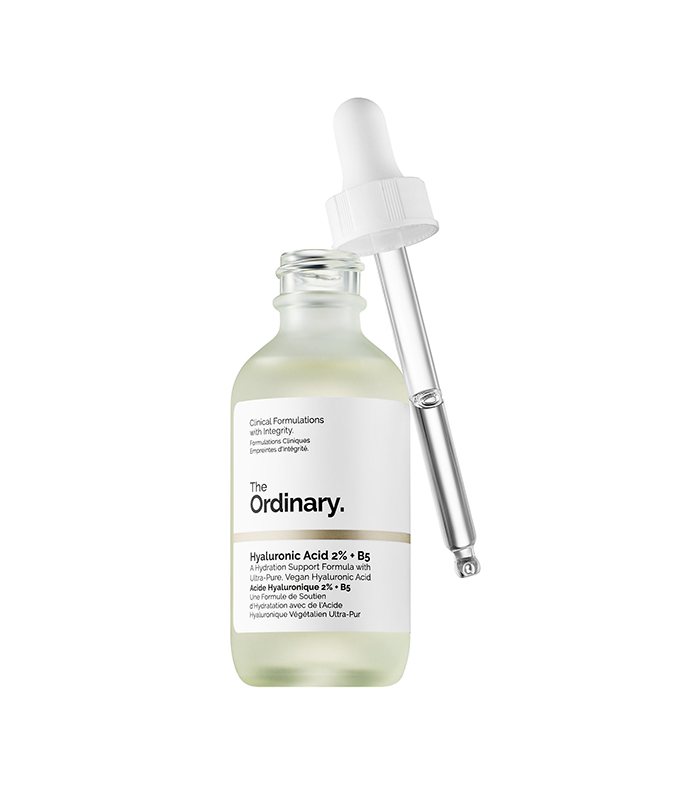
While noncomedogenic moisturizers are so helpful for skin that’s prone to clogged pores, there are a couple of drawbacks. Brauer says that products with benzoyl peroxide, salicylic acid, and sulfur can be drying or irritating, so you’ll want to be careful with those.
Another drawback is that some people will expect to have their breakout problems solved after using a noncomedogenic product. They can prevent any pore clogging, but that doesn’t mean they’re going to target acne or blemishes. “Just because it’s noncomedogenic does not guarantee that you won’t get breakouts,” Rodney explains. “If you’re seeing unwanted blackheads or whiteheads, stop the moisturizer. Then, look for signs of improvement. Some products also have side effects like dryness, redness, or skin irritation. In both cases, make sure to first test the product on a small area of your skin before committing to it.”
If you’re ready to change up your moisturizer, take a look at these dermatologist- and editor-recommended picks below.

